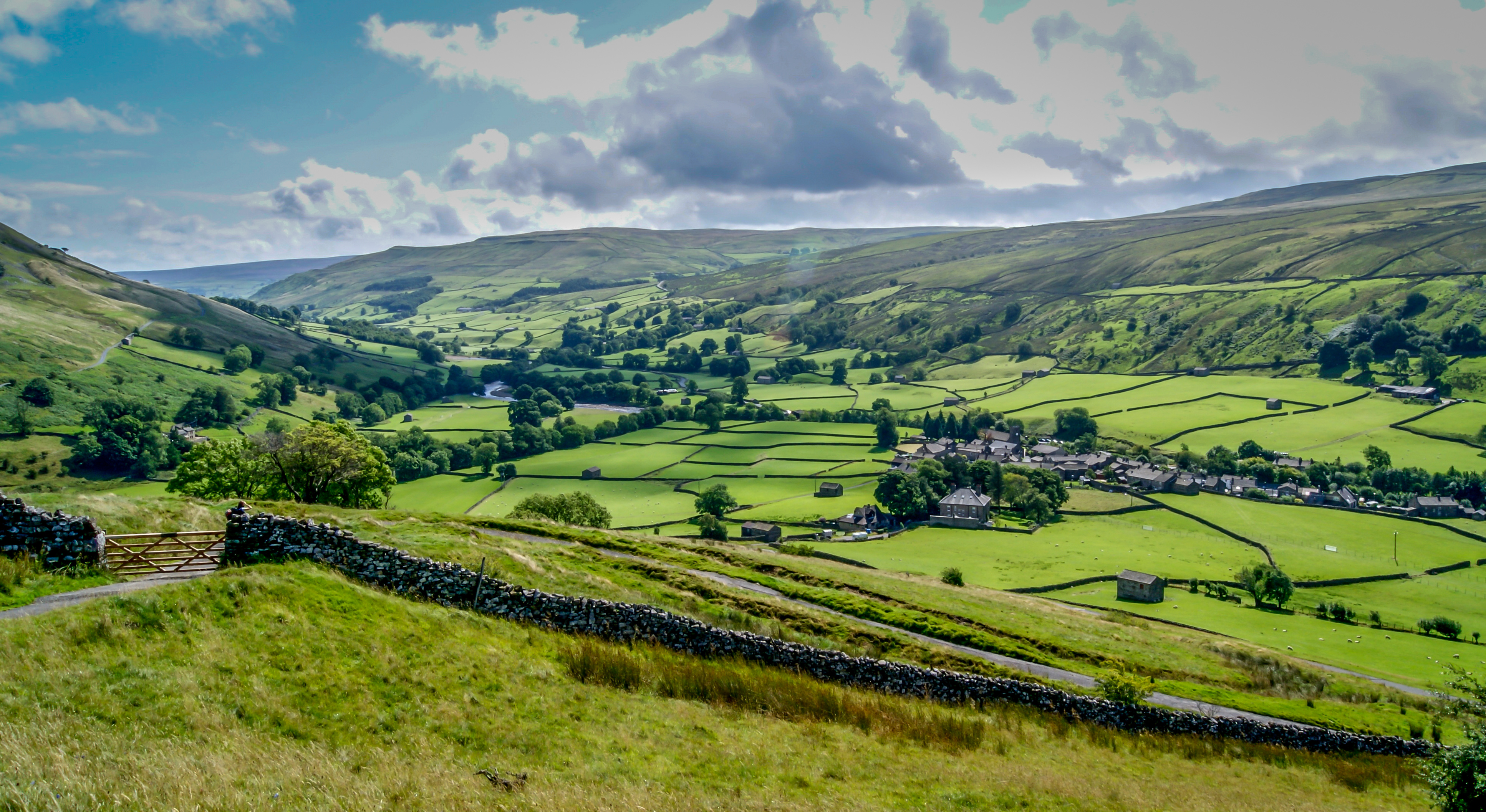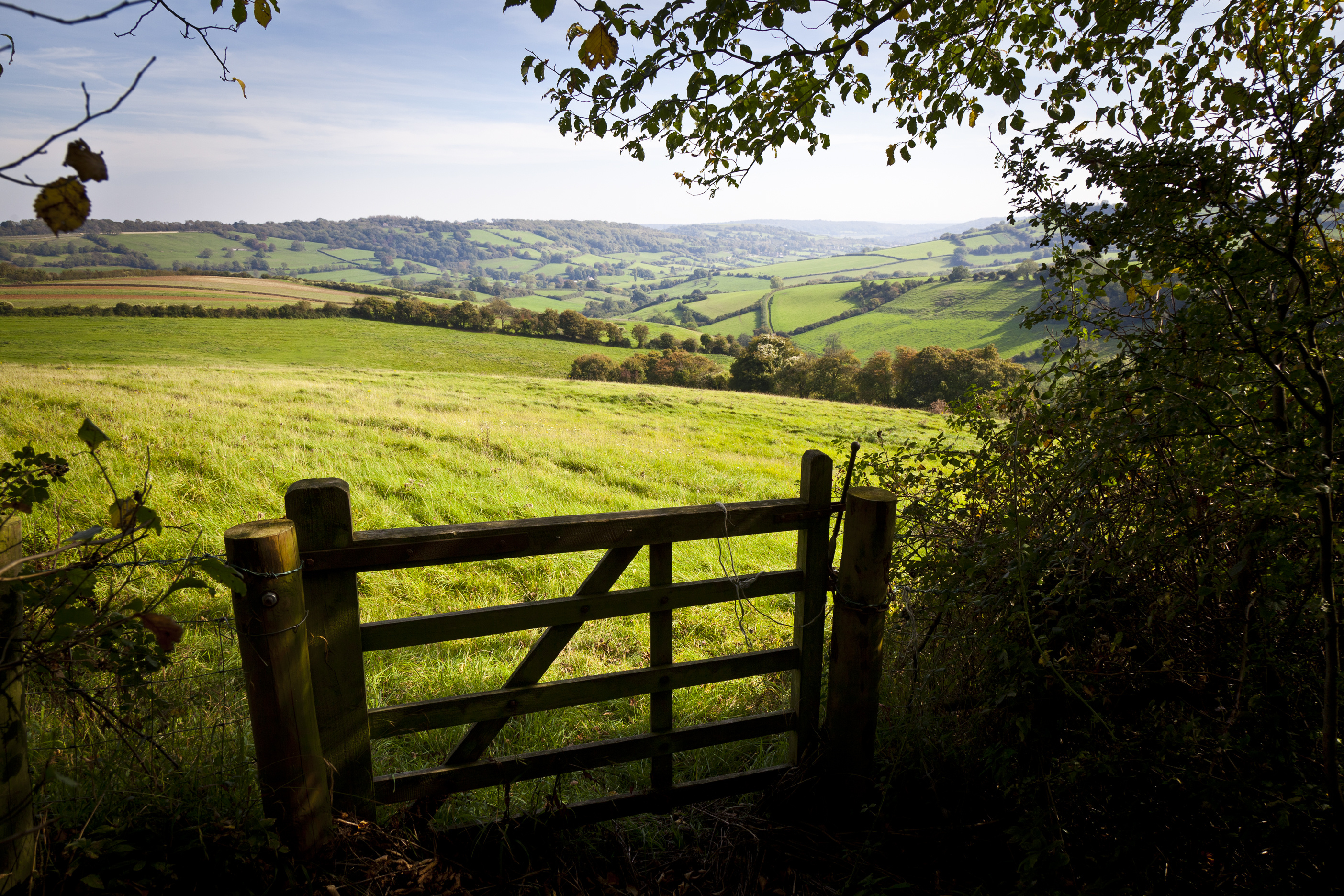



The UK's improved Countryside Stewardship scheme opens for 2022 agreements
Farmers and land managers across the United Kingdom are being encouraged to apply for Countryside Stewardship (CS) agreements to help them protect and improve the natural environment.
Through the Countryside Stewardship scheme, farmers can apply for funding to improve their local environment – from restoring wildlife habitats and creating woodlands to managing flood risk. Following close working with industry, changes have been made to the scheme this year to broaden out the options available and make it easier to apply.
CS will eventually be replaced with the new Environmental Land Management scheme and by entering an agreement now, farmers will be best-placed to benefit from the new agricultural policy once it is fully rolled out in 2024.

Farming Minister Victoria Prentis said
“An improving and expanding Countryside Stewardship scheme is a great opportunity to deliver environmental benefits on your land and receive financial incentives for doing so. I strongly encourage farmers to apply for 2022 agreements.
“We are guaranteeing that anyone who enters a new Countryside Stewardship agreement will be able to leave early in order to join the Environmental Land Management scheme once fully rolled out in 2024, so there is no reason not to apply today.”
Changes to the CS scheme
Following ongoing work with industry leaders and customer feedback, some changes have been made to the available schemes this year, including:
- New options to help improve air quality, reduce ammonia emissions and improve water quality. Advice will be available from Catchment Sensitive Farming Officers to ensure these environmental actions are targeted to where they can best benefit priority habitats
- An improved Countryside Stewardship capital grant offer, making 67 options available which can sit alongside a Countryside Stewardship Wildlife offer
- New wood pasture options in the uplands, at payment rates suitable for upland application, providing a mosaic habitat of grassland, scrub and trees
- The Countryside Stewardship capital offer to be available to Higher Level Stewardship (HLS) agreement holders, where the options are compatible
- Improved woodland options, including bringing bracken control and stone wall options into woodland management and combining Woodland Creation and Woodland Maintenance grants
- Increased number of capital items that farmers can apply for using the Rural Payments service, covering water capital, hedgerows and boundaries and air quality
- Expanded eligibility criteria for the upland option UP2 (management of rough grazing for birds), enabling more land managers to access this option and further improve the upland offer
Following customer feedback, the Rural Payments Agency has further built on simplifications to the scheme and introduced more functionality to make it easier to apply online, simplified Mid-Tier options to make them easier to understand and changed the focus of Countryside Stewardship inspections for domestic agreements to support the delivery of environmental outcomes, offering advice and allowing things to be put right or paid on smaller areas without additional penalties.
Rural Payments Agency Chief Executive Paul Caldwell said
“It is easier than ever to enter into an agreement. We have worked hard to make CS simpler to apply for and for us to administer, which has seen the number of farmers who enter into agreements improve year on year. I’d urge everyone to complete their applications promptly and ensure that they don’t leave things to the last minute.

“CS is an opportunity to get into an agri-environment scheme which rewards farmers and land managers for their vital work to protect our countryside and enhance the environment for generations to come.”
Farmers and land managers who are new to taking on environmental work or with expired or expiring Environmental Stewardship agreements can apply for:
- Mid-Tier – Farmers and land managers can enter five-year agreements – for revenue and capital payments and Wildlife Offer revenue-only agreements. These grants will provide a range of management options and capital items together in order to help deliver on a wide range of environmental benefits.
- Higher Tier – Applicants managing more complex land in environmentally significant sites, commons or woodlands which requires support from Natural England or the Forestry Commission. These are five or 10-year agreements.
- Capital Grants Manual - for two-year agreements. This includes an expanded offer with 67 capital items now available covering boundaries, trees and orchards. Water quality and air quality items can also be applied for if you have a Mid-Tier Wildlife Offer.
Woodland support
- Woodland Tree Health Manual and Woodland Management Plan Manual: These will sit alongside wider woodland creation offers available outside of CS. The Woodland Tree Health grant offers help to restore and improve tree health. The Woodland Management Plant Manual grant helps to create a UK Forestry Standard compliant management plan.
- Woodland Creation and Maintenance Manual: An integrated 2+10-year agreement to help ensure trees planted under the woodland creation grant in the first two years of the agreement are maintained for a further 10 years. This grant is to support new woodland and its longer-term maintenance. The maintenance element of this scheme is not automatic - the customer would have to be eligible.
The RPA announced in January its best-ever performance which saw more full CS payments issued earlier than before.
Those new to Countryside Stewardship can find out more by attending farm advice events, with a schedule of local events due to be available on GOV.UK.
Some items in Mid Tier and the Capital Grants Scheme require support from a Catchment Sensitive Farming Officer. Check the scheme requirements to see when this applies. The Catchment Sensitive Farming (CSF) partnership will support those applications that offer the greatest environmental gains in high priority water areas to improve water and air quality. If your holding is in a high priority water area, download and complete a Request for CSFO Approval Form and send it to your local CSF Officer, at least six weeks before the deadline.
To apply and find out more visit GOV.UK. Information manuals can be downloaded online from GOV.UK, or you can request to receive an application pack in the post by contacting Rural Payments Agency (RPA).
TheCattleSite News Desk


